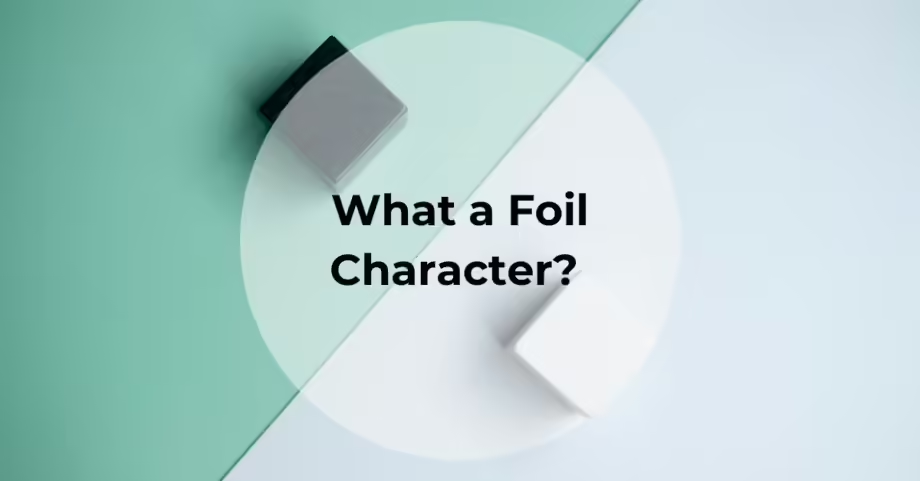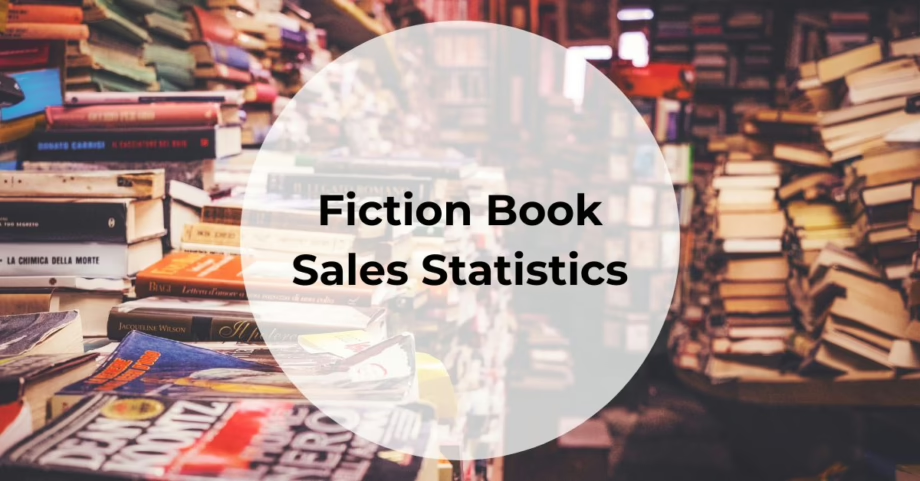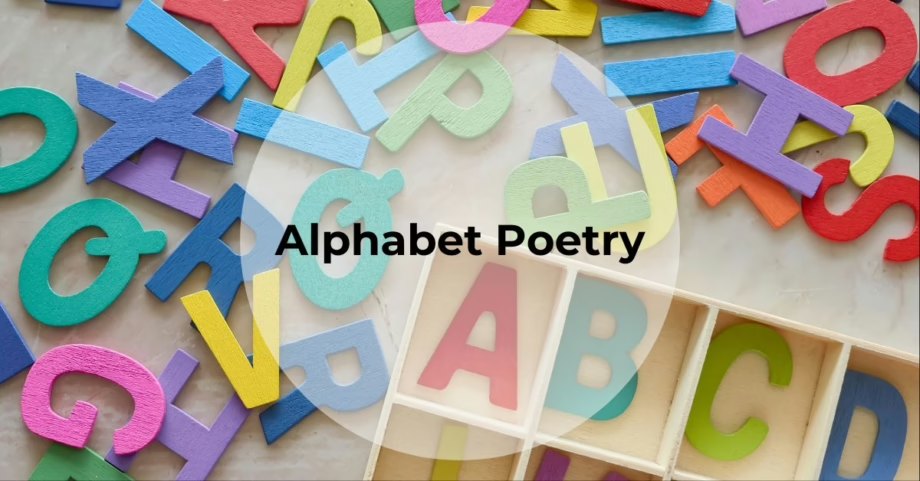In storytelling, differences make all the difference. Some of the most compelling characters shine brightest not on their own, but in the shadows of their opposites. These contrasting characters are known as foil characters, and they play a vital role in revealing hidden facets of the protagonist and enriching the narrative.
If you’re a writer looking to add depth and dimension to your characters, understanding how to use foils effectively can elevate your work. In this post, we’ll explore what foil characters are, how they differ from antagonists, and how you can use them to bring your story to life.
What is a Foil Character?
At its core, a foil character contrasts with another—most often the protagonist—to highlight specific traits, motivations, or moral stances. This contrast is essential to enhancing the narrative, emphasizing differences that might otherwise remain subtle.
Foil characters are not just devices to create conflict or opposition. Instead, they often offer an alternative path or perspective that the protagonist could have taken, helping to illuminate the choices, flaws, or strengths of the main character.
A few examples of how foils serve vital narrative functions:
- Highlighting Themes: They highlight key themes, such as moral dilemmas or societal issues.
- Moral Choices: Foils often present alternative life paths for the protagonist, demonstrating what could have been.
- Character Growth: Through these contrasts, the protagonist’s character development becomes more apparent, making their journey more compelling for the reader.
Types of Foil Characters
Direct Foils
These characters present a direct and obvious contrast to the protagonist.
For instance, in Hamlet, the calm and contemplative Prince Hamlet is sharply contrasted with the impulsive Laertes. Their opposing reactions to grief highlight Hamlet’s internal conflict and hesitation, underscoring the play’s central themes.
Subtle Foils
Sometimes, a foil is not as overt but still serves to shed light on the protagonist’s nature.
Dr. Watson, for example, serves as a subtle foil to Sherlock Holmes in Arthur Conan Doyle’s stories. Watson’s grounded, empathetic nature contrasts with Holmes’s eccentric genius, emphasizing Holmes’s intellectual brilliance while also hinting at his social detachment.
Foil Characters vs. Antagonists: What’s the Difference?
It’s easy to mistake a foil character for an antagonist, but they serve distinct purposes.
- Function: An antagonist exists to create external conflict and oppose the protagonist’s goal, while a foil exists primarily to highlight the protagonist’s traits through contrast.
- Conflict vs. Reflection: A foil might even be an ally or friend rather than a rival. For example, Draco Malfoy in Harry Potter serves as a foil to Harry, demonstrating how different choices can shape similar young wizards into very different individuals.
How to Identify Foil Characters in Literature
Foil characters are easier to spot if you know what to look for. Here are some strategies to help:
- Identify Opposites: Pay attention to characters with contrasting traits, values, or attitudes.
- Examine Character Interactions: The way a foil character interacts with the protagonist can reveal important insights about both.
- Ask Questions: What does the foil reveal about the protagonist’s choices or personality? How does the foil affect the direction of the plot or the unfolding of themes?
Examples of Foil Characters in Literature
- Hamlet vs. Laertes (Hamlet): Their different responses to the deaths of their fathers underscore Hamlet’s hesitation and indecision.
- Victor Frankenstein vs. The Creature (Frankenstein): The creature serves as a dark reflection of Frankenstein’s ambition, showing the consequences of unchecked scientific pursuit.
- Harry Potter vs. Draco Malfoy (Harry Potter): While both characters share similar backgrounds, their contrasting values define their paths.
- Gatsby vs. Tom Buchanan (The Great Gatsby): Tom’s entitlement contrasts with Gatsby’s romantic idealism, highlighting themes of privilege and desire.
How to Create Foil Characters in Your Writing
If you’re writing a story and want to use a foil effectively, follow these steps:
- Identify the Core Traits of Your Protagonist
Think about what defines your main character—their strengths, weaknesses, goals, and fears. - Develop a Foil with Purpose
A foil should reflect some aspect of the protagonist but also differ in a meaningful way. Consider creating a cautious, pragmatic foil if your protagonist is bold and daring. - Balance Complexity
A great foil isn’t just a caricature of the opposite qualities. Make sure they are fully developed characters with their own motivations and goals. - Align the Foil with the Plot and Theme
Ensure the foil serves the story’s larger purpose. Their role should enhance the themes you want to explore, not just contrast for the sake of it.
Conclusion: Adding Depth with Foil Characters
Foil characters are powerful tools for writers, offering readers deeper insights into the protagonist and enriching the narrative. Whether used to explore themes, highlight moral dilemmas, or prompt character growth, foils make stories more dynamic and engaging.
Next time you’re crafting a story, think about the contrasts you can introduce. Who stands in opposition—not necessarily in conflict—with your protagonist? What alternative paths or perspectives do they represent? These questions will help you create meaningful foil characters that enhance your writing.
Fiction Book Sales Statistics (2025): A Writer’s Guide
Understanding the data behind fiction book sales isn’t just interesting trivia—it can shape how you…
Tanka Poetry: History, Structure, and How to Write Your Own
Tanka poetry is a traditional Japanese poetic form known for its brevity, emotional depth, and…
Alphabet Poetry: How to Craft Engaging Poems From A to Z
Alphabet poetry, sometimes called abecedarian poetry, is a fun form of creative writing that uses…
The Climax: Volume 6, Issue 4
I didn’t know what to expect when I started this magazine in 2018. A few…
I am From Poems & How to Write One
Poets often reflect on the places they came from. An origin poem, of sorts. Made…
Concrete Poetry: Where Writing & Art Merge
Writers always look for ways to push boundaries, combining forms and experimenting with genres. Concrete…







